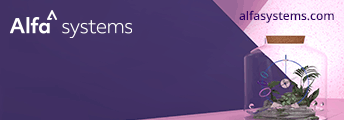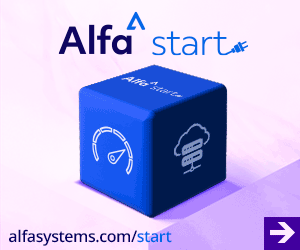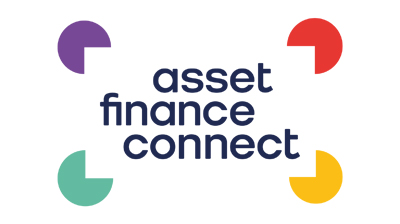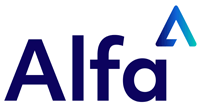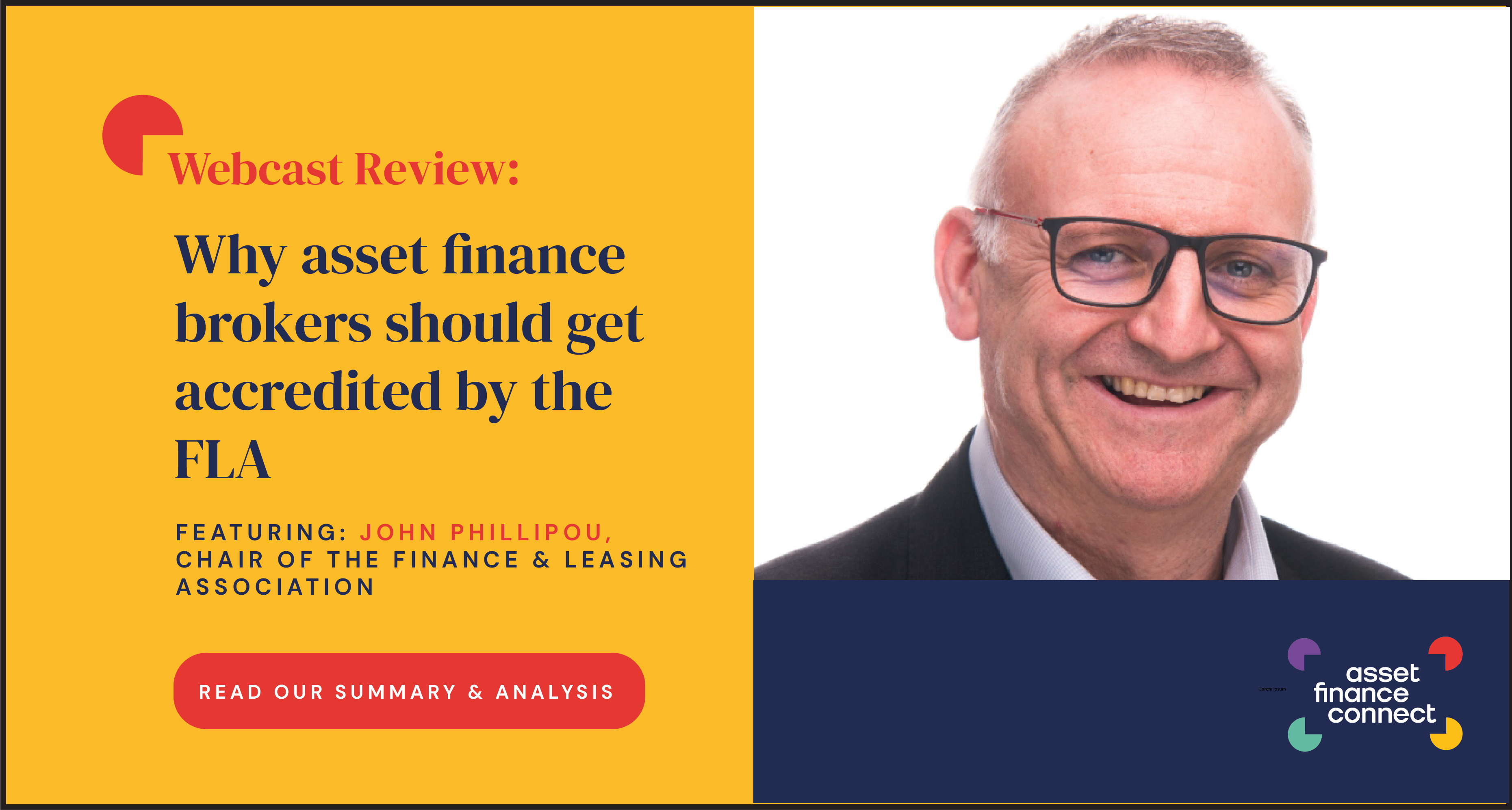Norway has benefited from North Sea oil, and now it’s affected by lower oil prices. Finland has been affected by declining demand from Russia, which has been a major trading partner; moreover, its export products have not matched global consumer demand elsewhere (Nokia is an obvious example), so exports have declined, GDP is stagnant and investment is down.
More positively, growth is recovering in Denmark, where the economy benefits from a low oil price and low interest rates. Sweden has been growing more consistently, and this is forecast to continue, supported by the same low oil prices and interest rates.
From the asset finance perspective, investment levels are critical and provide the raw material for our business. Reflecting the local macroeconomic climate, investment is down in Finland and shows weak growth in Norway; here lessees have tended to extend leases and postpone new investments. By contrast, investment is growing strongly in Denmark and Sweden, helping to grow new lease volumes.
Developing sustainable end-of-lease processes
Nordic countries have always had progressive environmental policies with a mixture of regulation, taxes and fees used to achieve their goals. The focus continues: the Nordic Council of Ministers coordinates efforts to improve sustainability in business and consumer behaviour as well. This sets a tone that makes investors receptive to embrace ideas on the circular economy.
For most, it’s not a critical criterion when they originally look for a lessor, but it’s a discussion they welcome. They are interested in what happens to the asset at the end of a lease: if it can be reused, rather than recycled, that’s a bonus. Once they are aware of more sustainable end-of-lease processes, these become a differentiator that lessees value, even if it makes no difference to the business case for their investment.
Sustainability is seen as a service element of the lease, and our clients are asking for this to develop. They would like us to help them evolve from asset management to asset nurturing, so they can obtain more value in their first use of the asset, and then see that a sustainable approach is taken to realize value from the second use of the asset.

